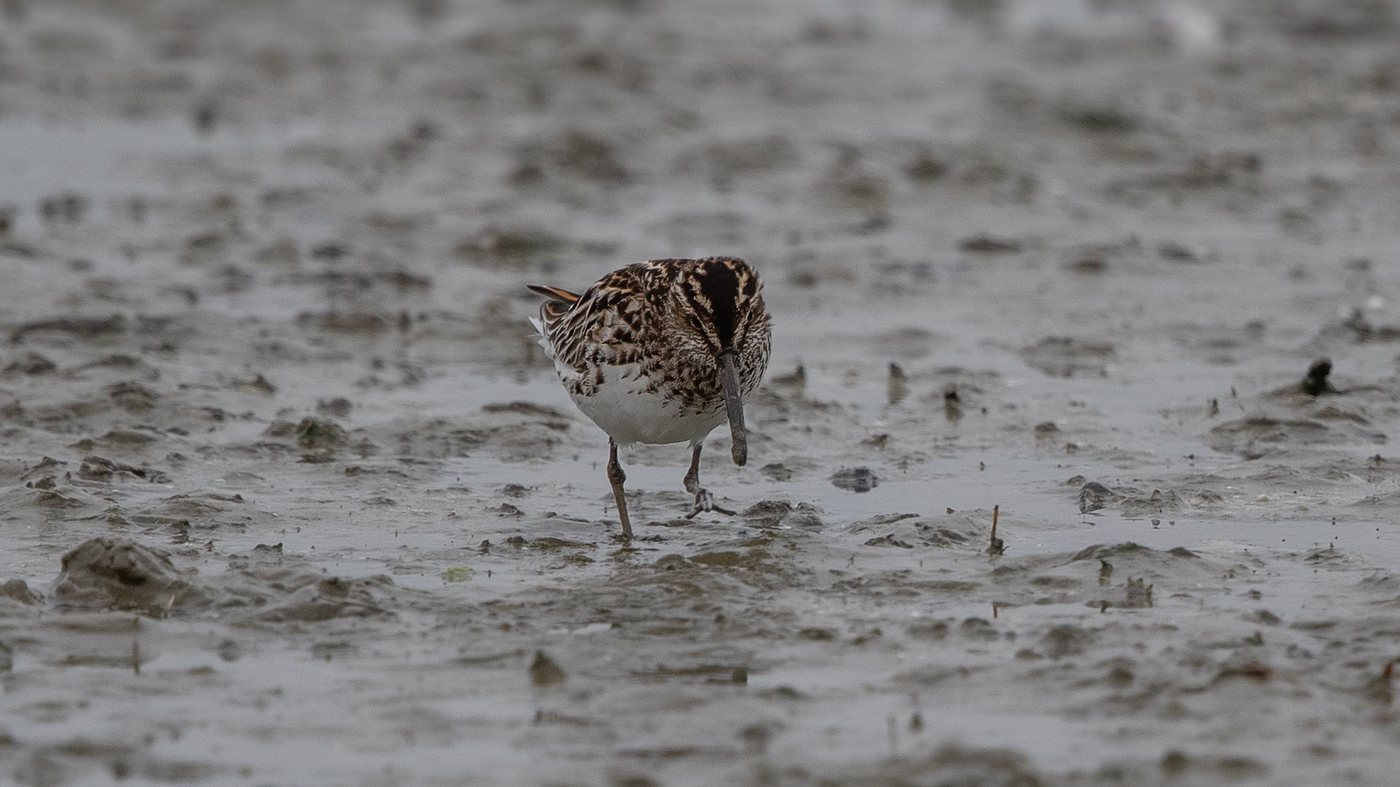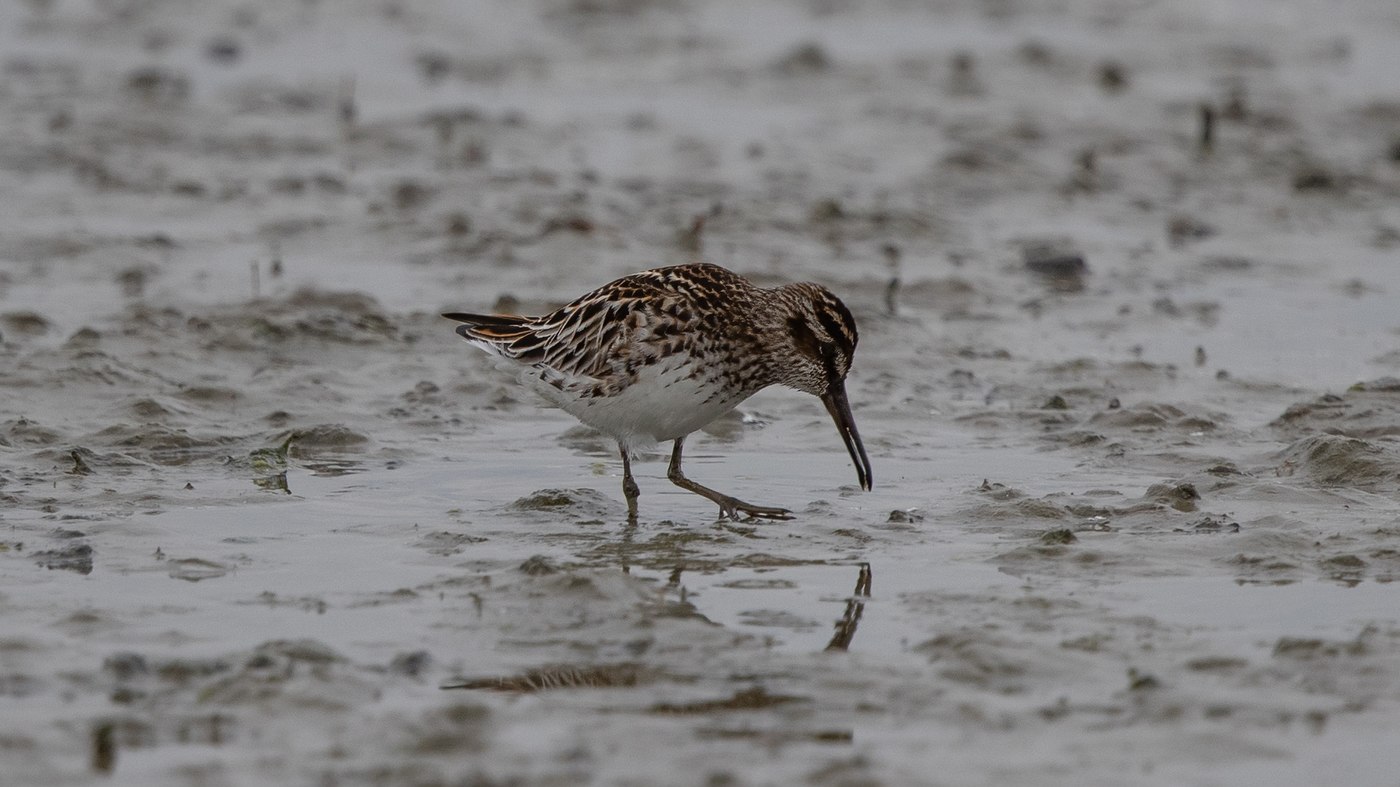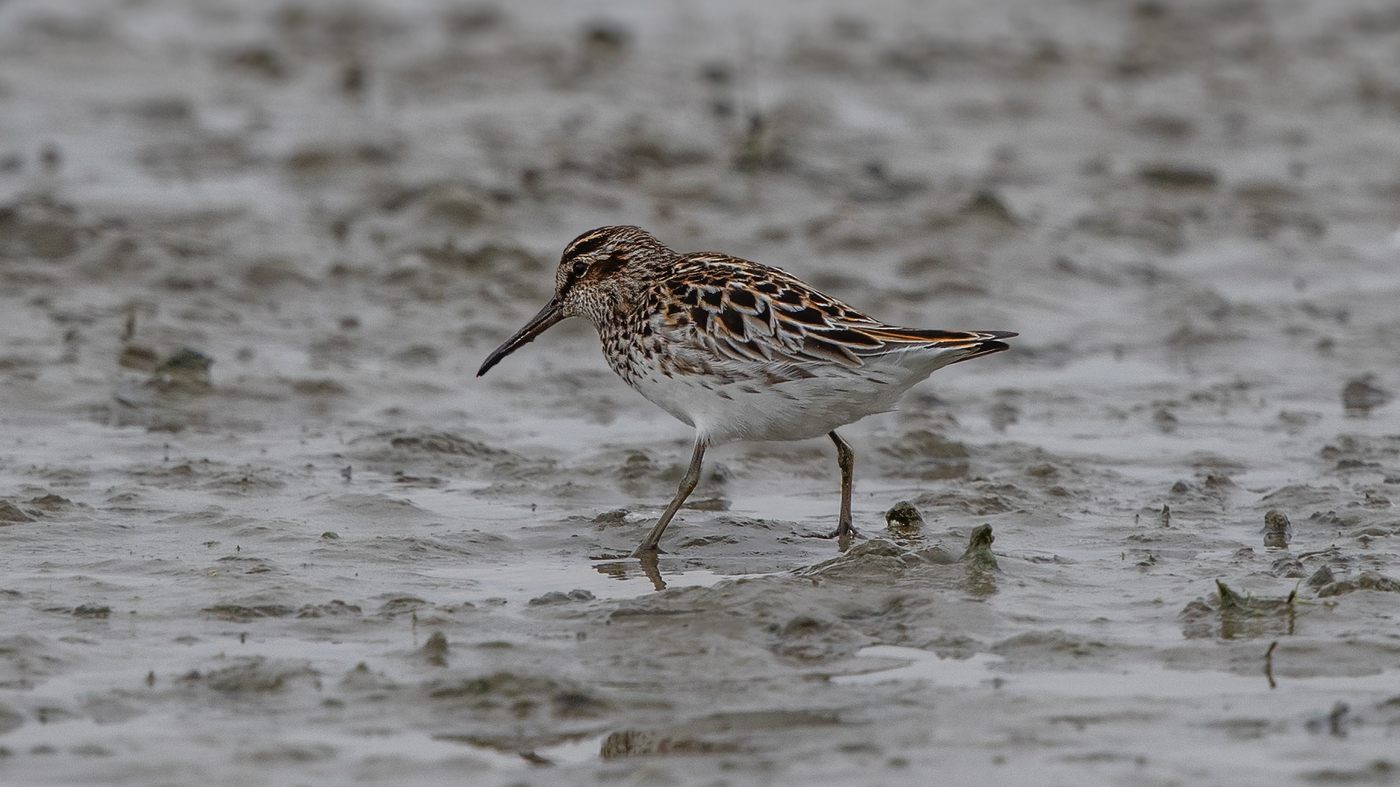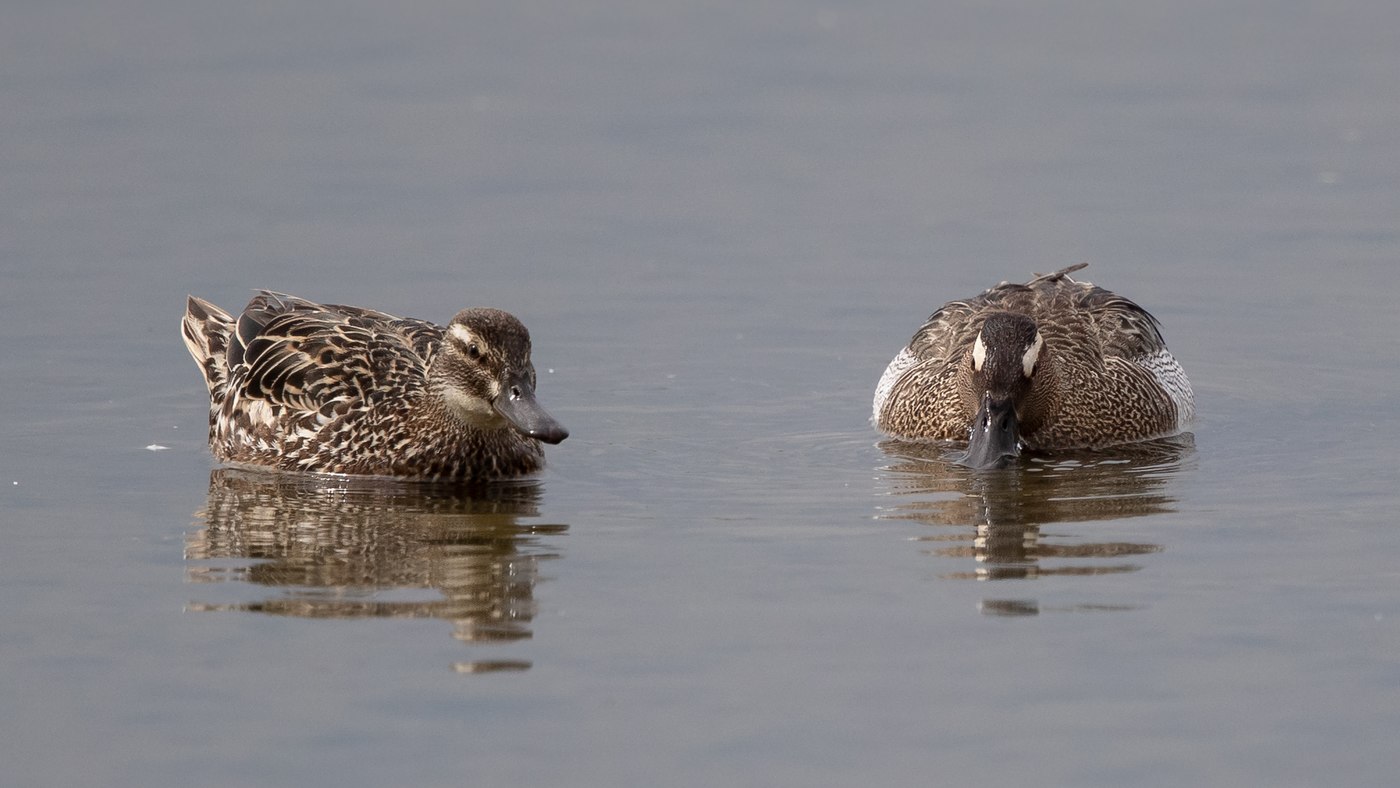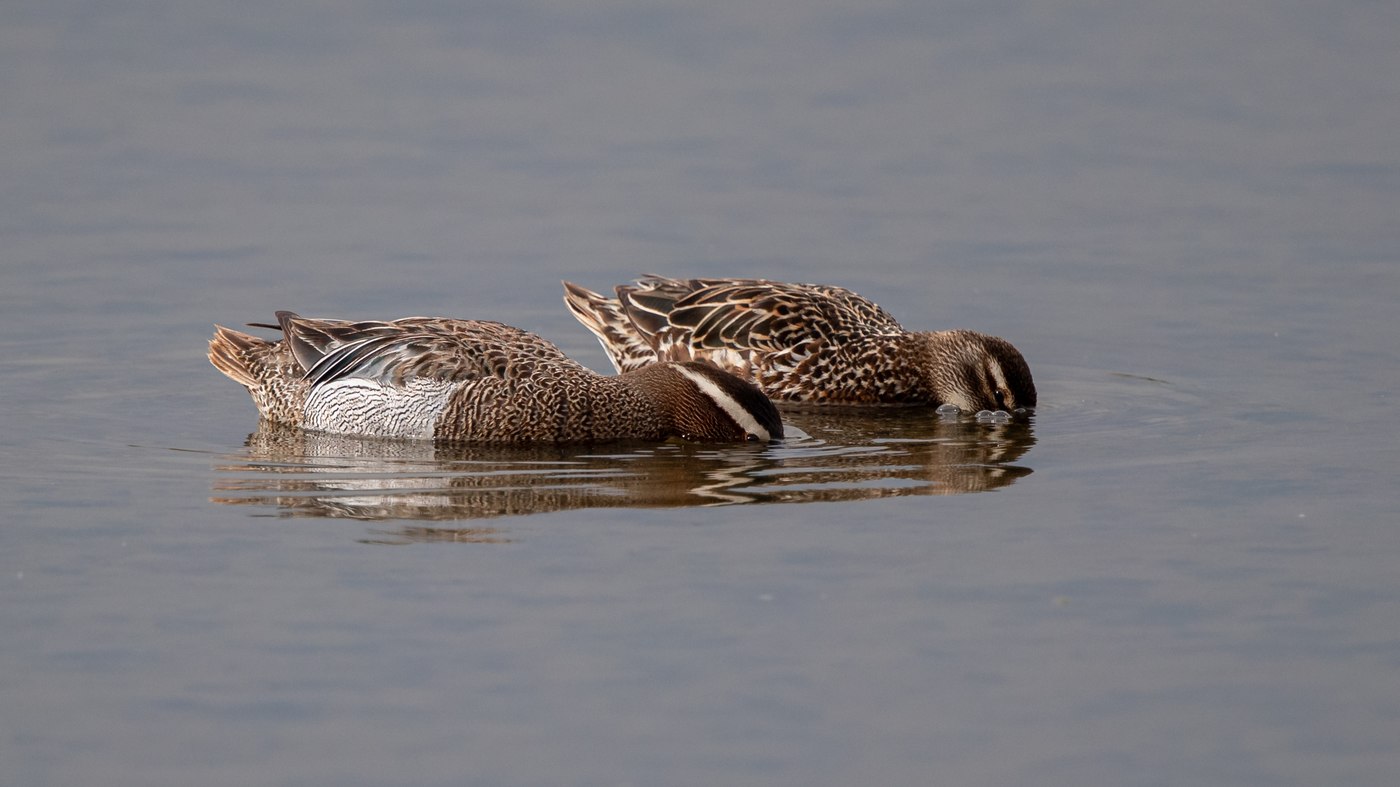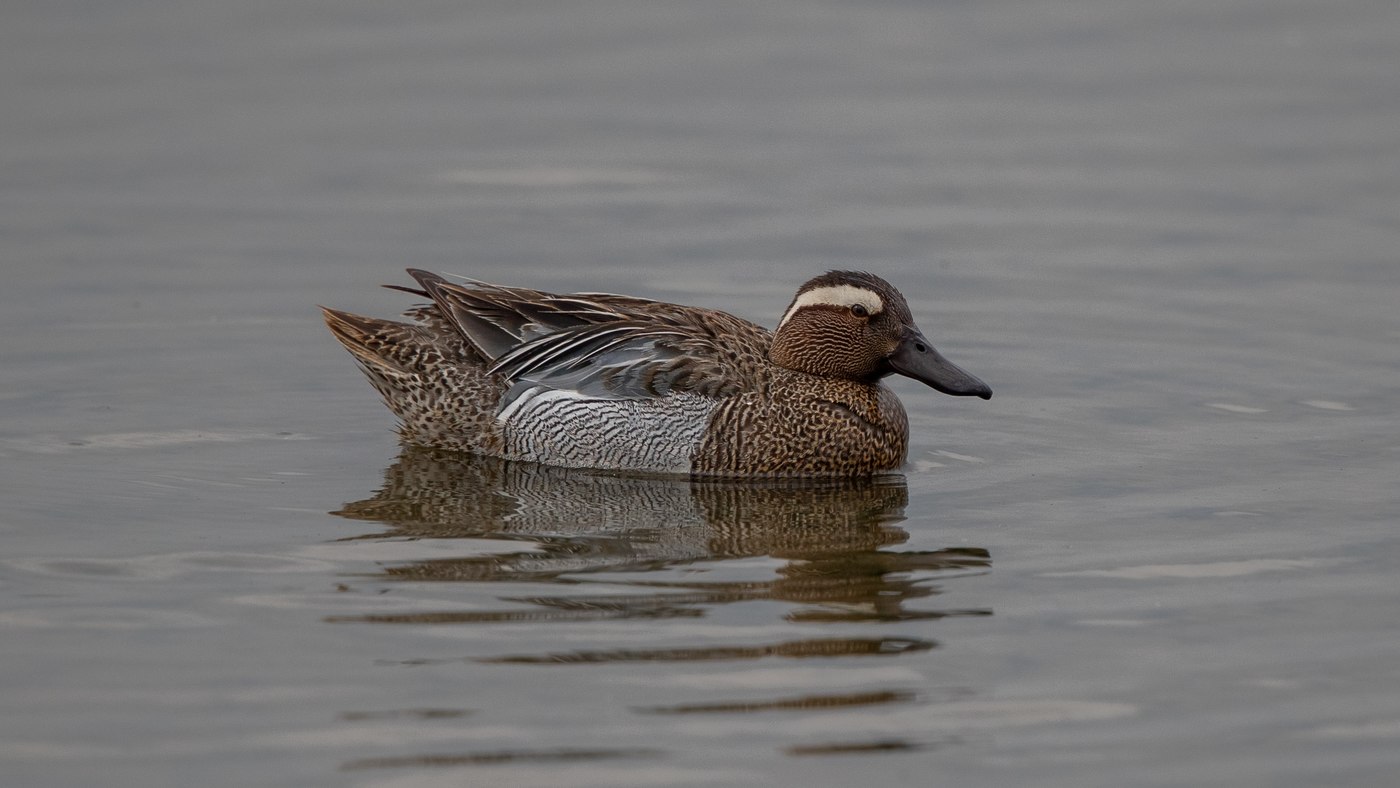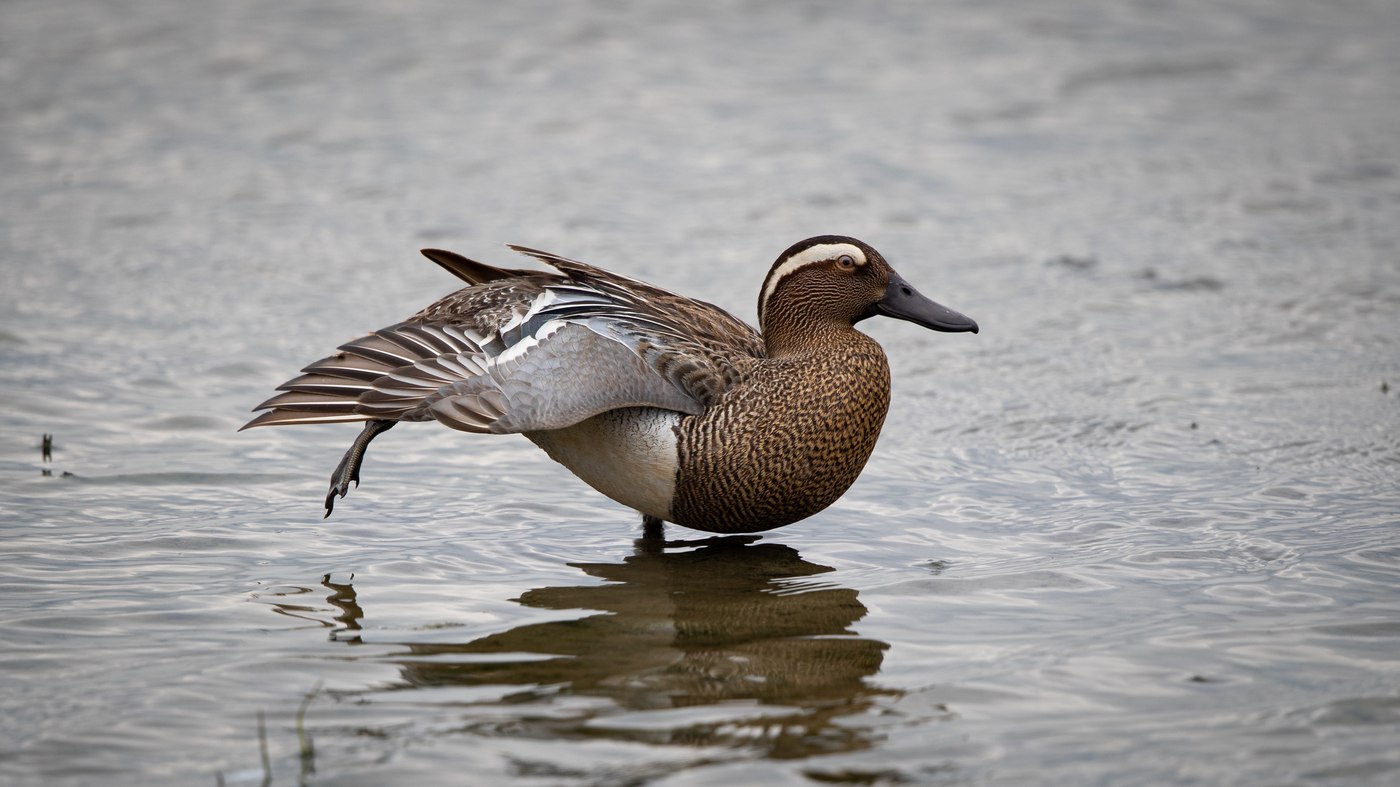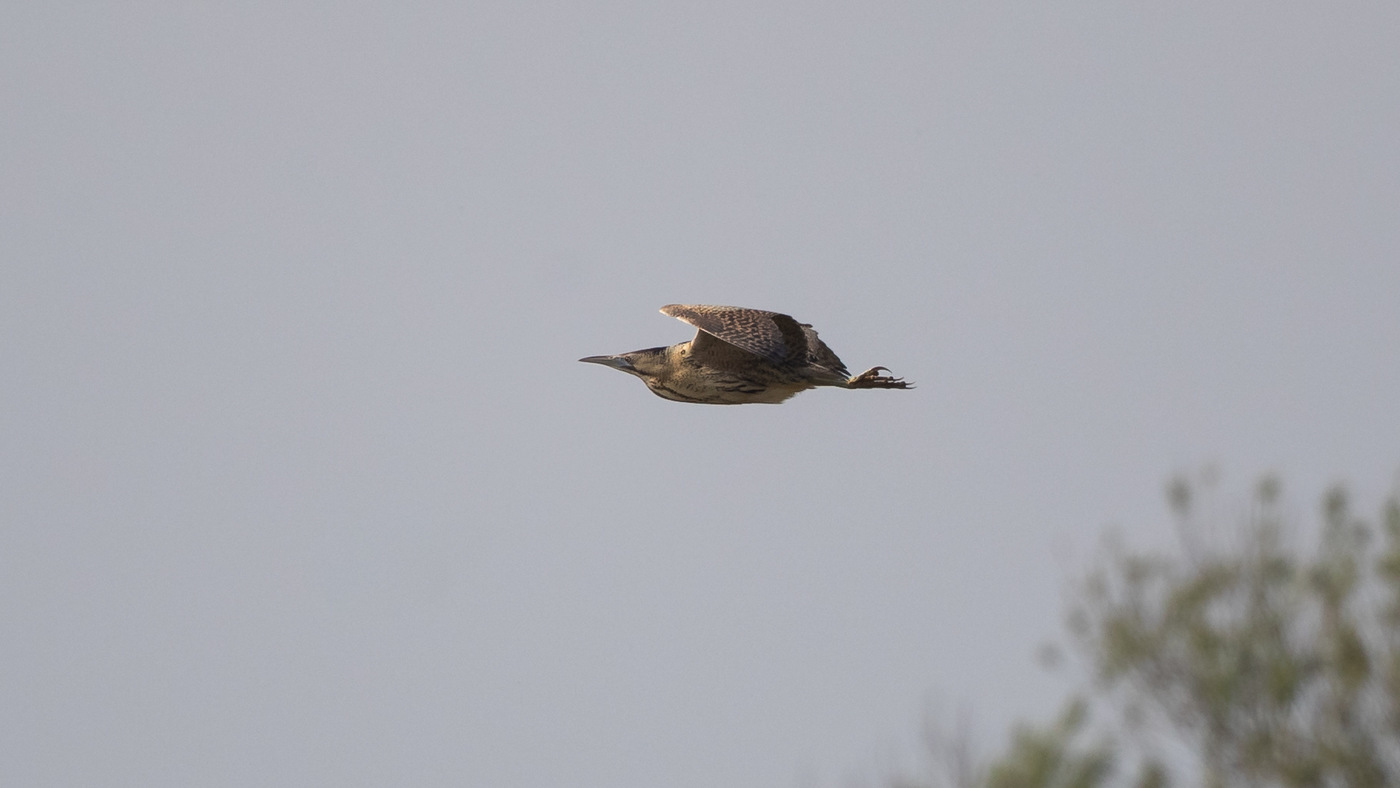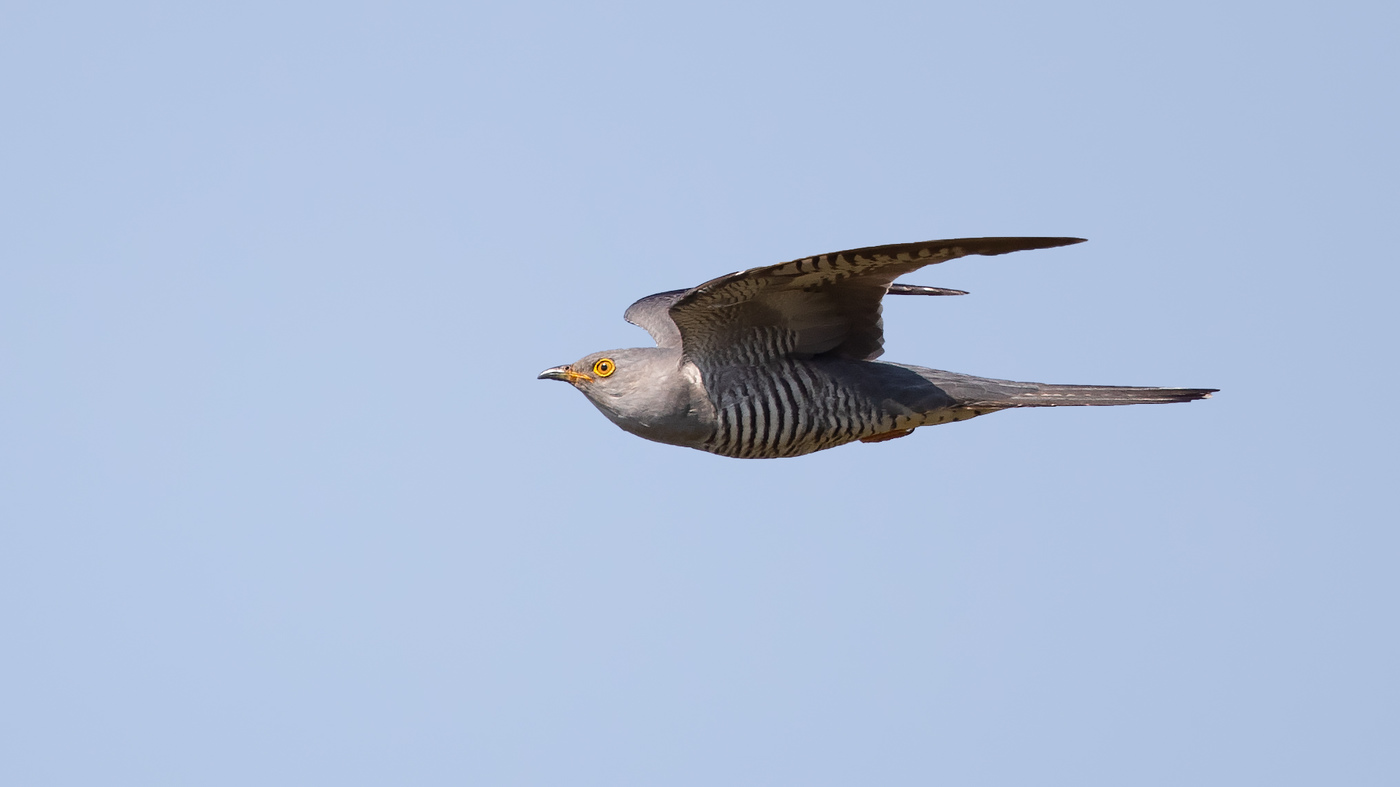According to tradition, we again participated in the Top of Holland (ToH) this year. The Top of Holland is an event that searches for the rarest bird in the provinces of Drenthe, Friesland and Groningen. The person who finds the rarest bird will receive beside the honour a prize.
On Friday morning we left for Friesland where we traditionally spend the entire weekend with my aunt in Oudwoude. Nice and close to the Lauwersmeer and a very hospitable stay where a drink is enjoyed even in the late hours (this is not always a good combination with the ToH by the way ?). On the way to Friesland the Little Crake was first tried in the Weerribben but unfortunately it didn’t want to show. Not a disaster because the Weerribben is a nice area and there were plenty of other species to see. We drove on to the Aeckingerzand for a short walk. Despite the fact that it still felt cold, the birds were displaying well. We also visited Fochteloërveen before continuing on to Friesland. This first round also yielded new year species, a Common Grasshopper Warbler and a Common Crane. We also wanted to visit the Lauwersmeer before we went to Oudwoude and a report along the way of a Broad-billed Sandpiper in the Ezumakeeg became the target. The bird was reported in the southern part of the Keeg and was seen in front of the hut. Once we were in the hut he turned out to be flown. The bird had been 10 meters in front of the hut, just a bit of a damper. We decided to wait in the hope that the bird would return and, in the meantime, we enjoyed ourselves with a pair of Garganey’s that were sitting right in front of the hut. After waiting for half an hour, a group of Ringed Plovers came flying in and landed some distance from the hut. This group also included the Broad-billed and also a Curlew Sandpiper (which still counts for the year list). The group moved regularly and I couldn't get luckier when they landed 25 meters from the hut. Despite the bad light, some nice shots were made. In fact, the best I have ever made of a Broad-billed Sandpiper. It was time to go to Oudwoude where we were treated to a nice meal and a glass of wine. However, the day was not over yet. While checking the observations in the area we saw that a Red-footed Falcon had been reported in the Twijzelermieden. This was a 10-minute drive from Oudwoude and of course we had to take a look to see if the bird was still present. After a quick drive we arrived in a beautiful area that I had never visited before. There was no sign of the Red-footed Falcon but that was more than compensated. There were many wading birds and we noted 4 Temminck’s Sandpipers a good number of Wood Sandpipers and Common Sandpipers. Grey Plover, Ruff, Ringed Plovers, Common Redshanks and Garganey. A nice end to the day.
The next day the alarm went off at 6 am and not much later we were back at the Twijzelermieden. The Red-footed Falcon turned out to be seen and even when we arrived the bird was still present. A great start to the Top of Holland! The puddle produced the necessary wading birds and the Temminck’s group had grown to 8 copies. A Little Stint who was not there the previous evening counted for the year list. We stayed here for about an hour before we drove on to the Putten near Eastermar. A Baillon's Crake was heard here last night that we wanted to give it a try. The bird unfortunately did not show itself, but a Savi's Warbler and a passing Eurasian Bittern still counted for the year list. An Iberian Chiffchaff was reported in Veenklooster, a good species and a serious candidate for the best specie of the day. This too was close by and after a short drive we could also add this bird to the year list. We now drove further to the Zuidlaardermeer area where we first wanted to try a White-winged Tern. Around 11 o'clock we were at the location where the White-winged Tern was most seen. A passing Common Cuckoo was nicely photographed, but it took a while before we too saw the Tern. Satisfied with the sighting we drove to the other side of the Zuidlaardermeer. Here we quickly found a number of Whiskered Terns and 2 Black-winged Stilts, both birds still count for the year list. During our lunch a Terek Sandpiper was reported in the Breebaartpolder near Termunten. A good specie for the year list and also not too far away. We immediately drove to Termunten where we arrived around half past one. Here it turned out that the Terek Sandpiper was still sitting in front of the viewing screen, a piece of cake. While we were looking at the Terek a message came from the ToH app group of a Broad-billed Sandpiper at the "Punt van Reide". That was a 5-minute walk so there was no doubt. After a short walk we were able to join the explorers and the bird showed itself well at some distance. The bird moved occasionally and was sometimes completely out of sight. Because the bird was sometimes out of sight, we decided to wait for Maartje's sister who was still on the way. Unfortunately, the Broad-billed Sandpiper suddenly flew up and flew far away with a group of Ringed Plovers. It appeared that it had landed close to the viewing screen, but we could not find it here, even the Terek Sandpiper no longer seemed to be present. When Tonny (Maartje's sister) and Pieter arrived, both birds were still untraceable. We said goodbye and the next goal were 3 Eurasian Dotterels that were discovered a short distance away. Fortunately, the Terek Sandpiper was rediscovered by Tonny not much later. The Eurasian Dotterels were still present but we only saw 2 birds. It was now half past three and we decided to drive back to Lauwersmeer, on the way we saw a Montagu's Harrier. With not much time left, we successfully tried a Eurasian Golden Oriole at the campsite “De Pomp”, this species also counts for the year list. We now drove to the Ezumakeeg, but we could not ignore a report of 3 White-winged Terns nearby. Unfortunately, the birds were no longer present and it was time to drive to Schierzicht for the award ceremony and a meal. The Iberian Chiffchaff became the best species of the day and Sije Schotanus received the prize, a binocular sponsored by "Foto Sipkes". A lottery for a Sea trip made available by "Birding Holland" was won by Maartje. We saw a total of 120 species today, not our best score.
The plan for the next day was to try the Baillon's Crake again around 3 o'clock in the morning. This did not go entirely according to plan. In Oudwoude it became quite late (as usual) and only around 5 we drove to Eastermar. It turned out to be too late because the Baillon's Crake was no longer heard. We now drove to the Weerribben for a second attempt for the Little Crake. It was heard almost immediately and the bird did not seem to stop displaying now. We drove on to Uden where a short break was inserted. A report of a Broad-billed Sandpiper in the Strabrechtse Heide was too attractive to ignore. De Broad-billed still counts for our province list of Noord-Brabant. A difficult ride with many diversions eventually brought us to the Strabrechtse Heide where Frank Neijts told us that we had missed a Griffon Vulture at 5 minutes and the Broad-billed was no longer in sight but was probably still present. We said goodbye to Frank and went looking for the wader. It was Maartje who eventually found 2 Broad-billed Sandpipers with the telescope. With the Broad-billed, my Brabant list comes to 293 species and that of Maartje to 269. In total, we saw 132 species last weekend, of which 16 count for the 2019 annual list, which comes to 225 species.

